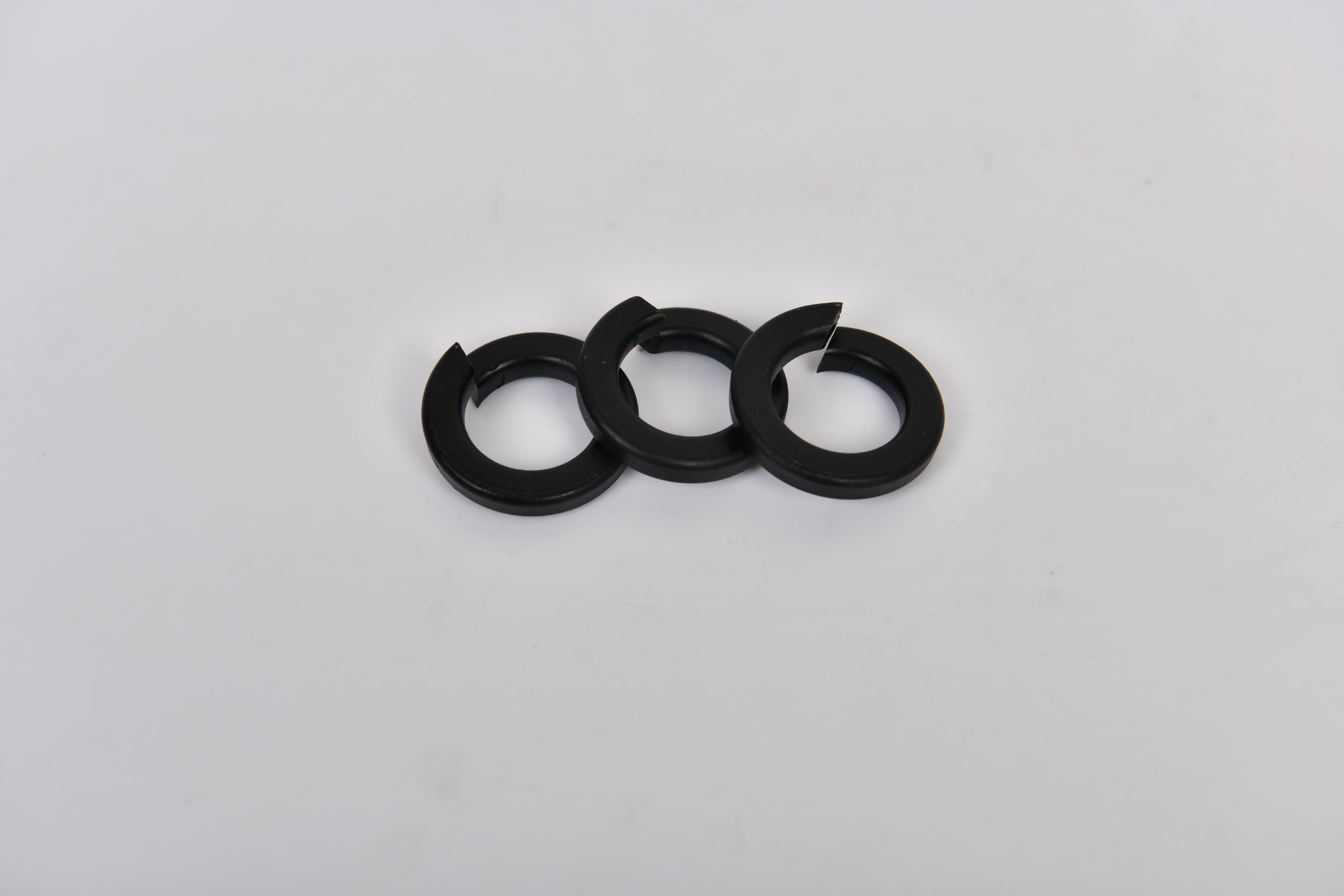Methods for Securing Screws Effectively and Efficiently
The Art of Fixing Screws A Simple Guide to Enhancing Your DIY Skills
In the world of home improvement and DIY projects, few tasks are as ubiquitous yet essential as fixing screws
. Whether you’re assembling furniture, repairing a squeaky door, or ensuring the stability of a shelf, understanding the nuances of screws and how to properly fix them is an invaluable skill. This article will explore the types of screws, common issues, and effective methods for fixing screws to help you become more adept in your DIY endeavors.First, let’s start with the basics. Screws come in various shapes and sizes, each designed for specific purposes. The most common types include wood screws, machine screws, and sheet metal screws. Wood screws have coarse threads that provide a strong grip in wood, while machine screws are typically used with nuts or tapped holes in metal. Sheet metal screws, as the name suggests, are designed for fastening metal sheets together. Knowing which type of screw to use is crucial in ensuring a secure fit.
Now, let’s examine common problems associated with screws. One prevalent issue is stripped screws, which occur when the head of a screw becomes damaged or the thread is worn out. This can happen due to over-tightening, incorrect tools, or simply wear and tear over time. Stripped screws can be challenging to remove, but there are effective methods to tackle this problem. Using a rubber band in conjunction with a screwdriver can create extra friction, allowing you to grip the stripped head more effectively. Alternatively, penetrating oil can help loosen the screw, making it easier to remove.
fixing screw

Another common situation involves screws that become loose over time. This is particularly prevalent in high-usage areas, such as hinges, door handles, and furniture joints. To address this, it’s essential to tighten the screws periodically. However, if you find that your screws keep loosening despite regular tightening, you may need to consider using a thread-locking adhesive. This product can help secure the screws in place, preventing them from coming loose due to vibrations or movement.
In some instances, you may find that the screw hole has become too wide, making it difficult for the screw to hold securely. In such cases, you can use wood filler or wooden dowels in the hole to create a tighter fit. Allow the filler to dry completely before re-inserting your screw. For a more permanent solution, replacing the screw with one of a larger diameter may also be an option.
Lastly, investing in the right tools cannot be overlooked. A quality screwdriver set, drill, and pliers can significantly enhance your ability to fix screws properly. Ensuring you have the correct size and type of screwdriver is paramount, as using the wrong tool can lead to more stripped screws and frustration.
In conclusion, fixing screws is a fundamental skill that every DIY enthusiast should master. By understanding the types of screws, recognizing common issues, and employing effective fixing methods, you can tackle a variety of projects with confidence. With practice and the right tools in hand, you’ll find that fixing screws can be not only a necessity but also an enjoyable aspect of your DIY journey. Happy fixing!
-
Top Choices for Plasterboard FixingNewsDec.26,2024
-
The Versatility of Specialty WashersNewsDec.26,2024
-
Secure Your ProjectsNewsDec.26,2024
-
Essential Screws for Chipboard Flooring ProjectsNewsDec.26,2024
-
Choosing the Right Drywall ScrewsNewsDec.26,2024
-
Black Phosphate Screws for Superior PerformanceNewsDec.26,2024
-
The Versatile Choice of Nylon Flat Washers for Your NeedsNewsDec.18,2024










